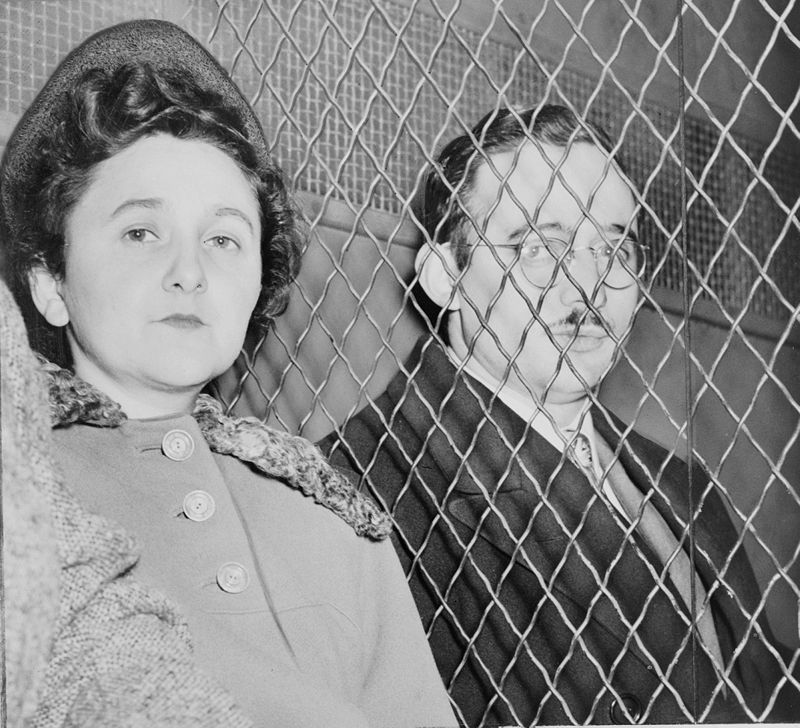On March 29, 1951, Julius and Ethel Rosenberg were convicted of conspiracy to commit espionage for the Soviet Union. Their case, one of the most controversial of the Cold War, led to their execution in 1953, making them the first American civilians to be put to death for espionage during peacetime.
Julius and Ethel Rosenberg, a married couple from New York, were accused of passing classified military information to the Soviets during and after World War II. This included top-secret details about nuclear weapons, radar, sonar, and jet propulsion technology. The U.S. government’s case relied heavily on testimony from David Greenglass, Ethel’s brother and a former Army machinist at the Los Alamos Laboratory, where the atomic bomb was developed. Greenglass claimed he provided handwritten notes and sketches of nuclear bomb designs to Julius, who then relayed them to Soviet agents.
The Trial and Conviction
The trial in the U.S. District Court for the Southern District of New York lasted nearly a month. Judge Irving Kaufman presided over the case, while Irving Saypol led the prosecution. The prosecution painted the Rosenbergs as key figures in a Soviet spy ring. The defense, led by Emanuel Bloch, argued that the evidence was weak and that the case was driven by anti-Communist hysteria. However, the jury found the Rosenbergs guilty on March 29, 1951. A week later, on April 5, 1951, Judge Kaufman sentenced them to death, stating that their actions had accelerated Soviet nuclear development and contributed to the start of the Korean War.
Public Outcry and Execution
The verdict sparked global protests. Intellectuals, activists, and even figures like Albert Einstein, Pablo Picasso, and Pope Pius XII urged President Dwight D. Eisenhower to grant clemency. However, the government refused, believing their execution would serve as a warning to other spies. On June 19, 1953, the Rosenbergs were executed in the electric chair at Sing Sing Prison in New York. Julius died instantly, but Ethel required multiple shocks, leading to reports that smoke rose from her head.
Reevaluating the Case
Decades later, declassified Soviet documents confirmed that Julius had been a spy, but they provided little evidence that Ethel had been actively involved. In 2001, David Greenglass admitted that he had lied about Ethel’s role to protect his wife.
Today, the Rosenberg trial remains a symbol of Cold War paranoia, raising questions about justice, due process, and political motivations.

